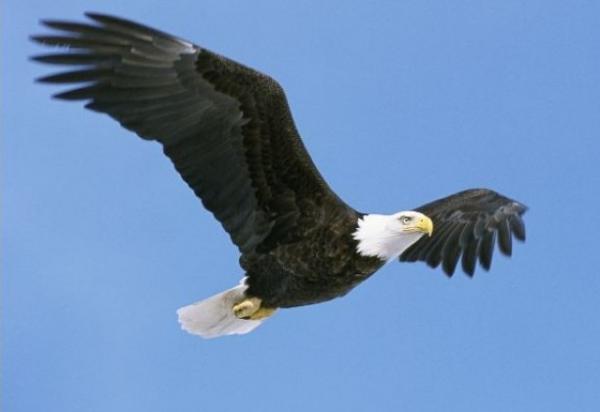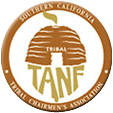Carol Berry
July 04, 2013
After years of dissatisfaction among tribal members over lengthy delays in receiving eagle feathers from the National Eagle Repository, change may be on the way, prodded by a federal government that’s often blamed for the sluggish pace of the existing process. “What we’re trying to do is at the end of the day we know we’re not going to make everyone happy, and even some of those who are happier will only be marginally happier,” cautioned Pat Durham, national tribal liaison for the U.S. Fish and Wildlife Service (FWS), of the hoped-for faster operation. “But we’re doing the best we can.”
“What we’re trying to do is at the end of the day we know we’re not going to make everyone happy, and even some of those who are happier will only be marginally happier,” cautioned Pat Durham, national tribal liaison for the U.S. Fish and Wildlife Service (FWS), of the hoped-for faster operation. “But we’re doing the best we can.”
Members of federally recognized tribes can apply for eagle feathers, parts or whole birds from the FWS-operated Repository in metro Denver, but the wait time for a whole immature golden eagle is up to four years, in part because of its prized black-tipped, white tail feathers. The Repository receives bodies of eagles found nationwide.
Of the new proposed rules, major changes apply to American Indian prison inmates, who submit more than half of the applications for feathers, said Bernadette Atencio, Repository supervisor, who noted that changes in policy may “make more feathers available to non-incarcerated tribal members.”
The large number of inmate feather applications was a focal point for the new regulations, which would generally limit prisoners to one eagle order within their facility’s policy in order to halt constant re-orders. The FWS also plans to process feather replacement orders (not-reorders), generally received from prisoners with lengthy sentences with long-time use of the feathers.
Sometimes-darker motives behind eagle orders were cited by both Durham and Lenny Foster, Dine’, a longtime voluntary spiritual advisor for the federal Bureau of Prisons, the Arizona Department of Corrections, and other programs.
“Spiritual practices are important to Native prisoners for emotional and physical well-being,” Foster said, adding that eagle feathers can be a “necessary and vital part of ceremony” that should not be misused for barter, a practice sometimes involving non-Indians, in which eagle feathers have been traded for purchase of prison commissary items.
Another new Repository practice would require that a tribal official or traditional leader verify that a tribal member’s whole eagle application is for religious purposes. Durham found a similar, earlier requirement controversial and changed it 13 years ago when he became the top-level tribal liaison.
“Now, we’re just asking people to have the support of the tribe in getting the whole bird,” he said.
The new procedures were derived from official consultation with tribes over the last year. Durham also singled out Atencio for her work on the new rules and Special Agent in Charge Steve Oberholtzer, FWS Region 6, who traveled widely to listen to the views of tribal liaisons and others.
The new procedures are expected to go into effect in late summer or fall 2013 after a written-comment period for officially designated tribal representatives of federally recognized tribes ends August 31. The new practices will be monitored for one year to gauge their effectiveness.
Read more at https://indiancountrytodaymedianetwork.com/2013/07/04/new-rules-make-it-easier-natives-get-eagle-feathers-150243






